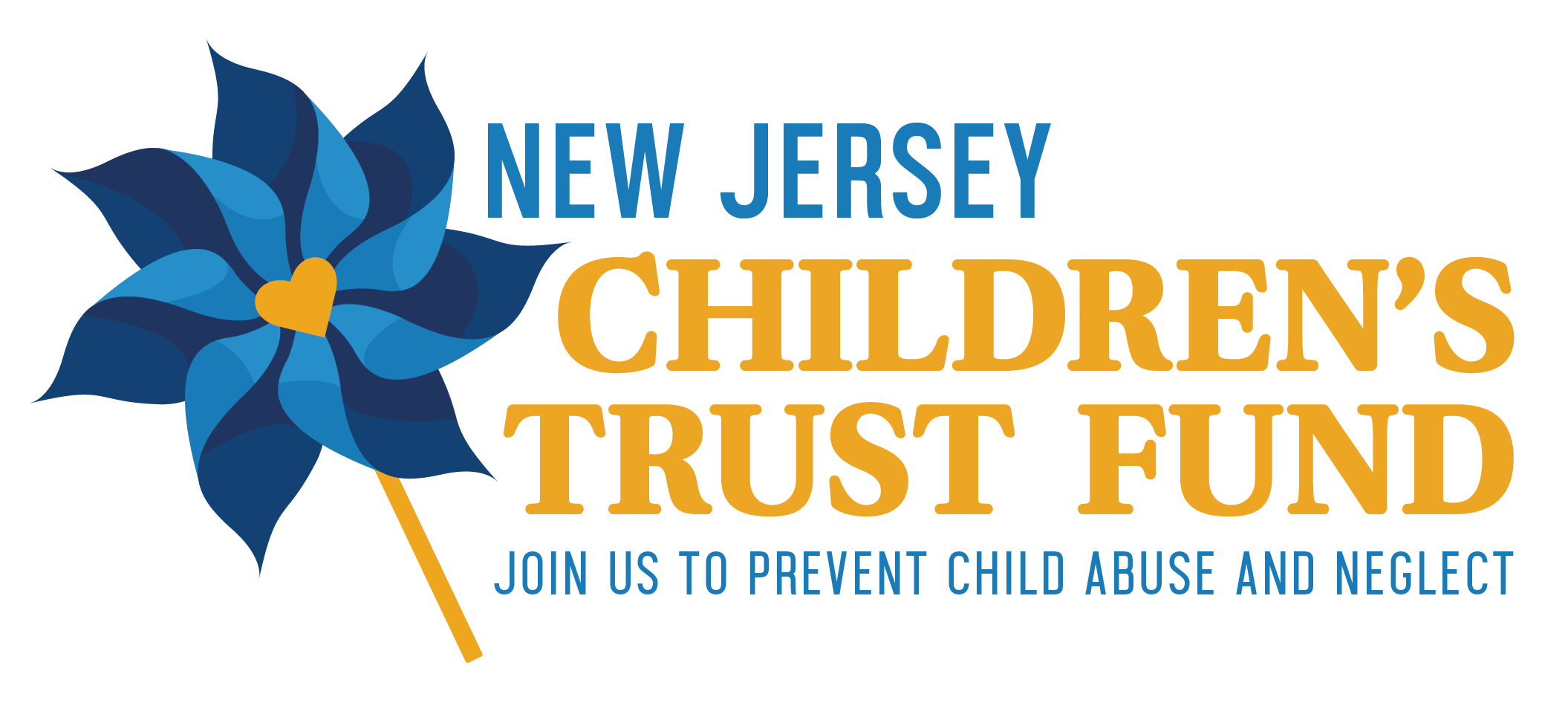A Protective Factors Framework
Partnering with the New Jersey Department of Human Services’ (DHS) Division of Family Development (DFD), Strengthening Families (SF) works closely with Child Care Resource and Referral (CCR&R) Agencies to conduct trainings that build on the SF approach in child care centers and family child care providers throughout the State. SF is an evidence-based approach that helps reduce child abuse and neglect through training and guidance to child care and family child care providers.
The Protective Factors Framework
SF uses the Protective Factors Framework, which describes conditions or attributes of individuals, families, communities, or the larger society to reduce or eliminate risk. This Framework promotes healthy development and the well-being of children and families. Additionally, the Framework helps to ensure that children and youth function well at home, in school, at work, and in the community.
The Department of Children and Families (DCF) partnered with the Institute for Families (IFF) at Rutgers University School of Social Work to implement “Bringing the Protective Factors Framework to Life” - a two-day training that was developed by the National Alliance of Children’s Trust and Prevention Funds. SF Trainers provide this two-day training to early care professionals throughout the state, encouraging them to integrate the Protective Factors Framework into their daily practice and interactions within all early childhood programs.
This approach can be implemented in any program that works with families.
Program Goals
Strengthening Families seeks to promote healthy development and the well-being of children and families who are enrolled in the child-care/family-child care setting through the Protective Factors Framework.
Program Services
What is included in the training?
The SF Approach encourages providers to interact with families to support them in building protective factors and protective capacities.
The 5 Protective Factors are:
- Parental Resilience
- Social Connections
- Knowledge of Parenting and Child Development
- Concrete Support in Times of Need
- Social and Emotional Competence of Children
The protective capacities are the actions of parents/caregivers take to ensure that the child is safe and able to thrive.
These factors are tools that provide parents/caregivers with the supports they need to face the challenges they encounter in life and while raising a family.
Who provides the training?
The Child Care Resource Referral agencies (CCR&R) in each county are the trainers who work with the childcare and family-child care providers to incorporate the five Protective Factors and seven program strategies in the program’s daily activities.
Who receives the training?
Child-care providers learn new approaches on how to partner with parents and families in protecting, educating, and caring for young children while promoting their social and emotional development.
What strategies implement the protective factors?
Through seven key strategies, providers can become well positioned to help families build the protective factors that have proven to be effective in preventing child abuse and neglect.
Specific strategies that build protective factors are:
- Facilitate friendships and mutual support
- Strengthen parenting
- Respond to family crises
- Link families to services and opportunities
- Value and support parents
- Facilitate the social and emotional development of children
- Observe and respond to early warning signs of child abuse or neglect
Population Focus
Infants, young children, and their families.
Contact
Strengthening Families Project Manager
Office of Early Childhood Services
Department of Children and Families
Phone: 609-888-7400
Find more information about your local SF in our program directory, click HERE.






